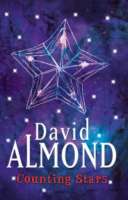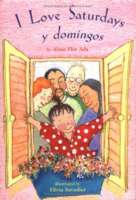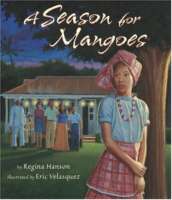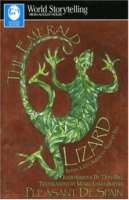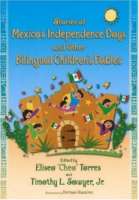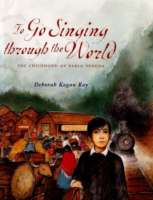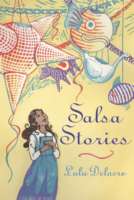
Salsa music blares from the stereo. One by one, friends and family, who come from all around Latin America, arrive at Carmen Teresa’s house to cook, dance, gossip, and play dominoes. And the New Year’s Day celebration begins… When a neighbor gives Carmen Teresa a blank notebook as a holiday present, she doesn’t know how she will fill it. The guests all have ideas of what she should do with her book. They decide she should fill it with stories about their childhoods. And everyone has a story to tell. But Carmen Teresa, who loves to cook, surprises everyone with how she will use her beautiful new present. With energy, sensitivity, and warmth, Lulu Delacre introduces readers to a symphony of colorful characters whose stories dance through a year of Latin American holidays and customs. And readers will also be treated to recipes for the irresistible foods that appear in each story. When Lulu Delacre set out to collect family recipes for a cookbook of traditional Latin American foods, she discovered something amazing. “How often the flavors of our childhood,” says Ms. Delacre, “unlock memories from our past.” It was this discovery that inspired her also to collect those memories that her friends and family recalled. And she based Salsa Stories on those recollections.
